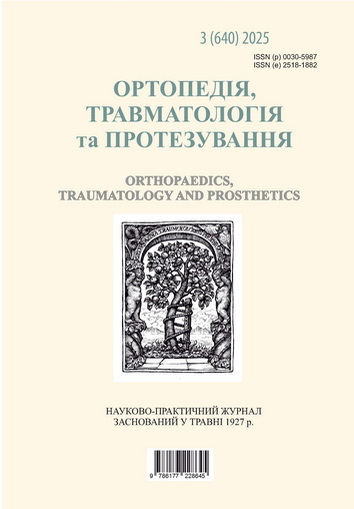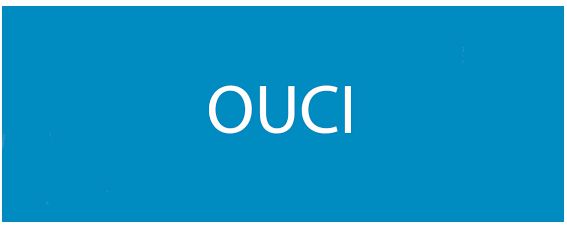THE EFFECT OF BODY POSITION ON HEMODYNAMIC PARAMETERS AND BISPECTRAL INDEX
DOI:
https://doi.org/10.15674/0030-59872025347-52Keywords:
General anaesthesia, BCP, haemodynamics, BIS monitoringAbstract
Surgical interventions routinely have a significant impact on haemodynamic parameters due to a combination of factors: stress, anaesthetics, specific surgical procedures and perioperative position. Monitoring the bispectral index (BIS) helps to adjust anaesthesia to maintain stable haemodynamic status, minimise consciousness and potentially reduce recovery time. Objective. To assess the effect of body position on haemodynamic parameters and bispectral index during upper limb surgery under general anaesthesia with propofol solution. Methods. A prospective randomised study involved 70 patients divided into two groups: I (n = 35) — operated on in a semi-sitting position (SSP); II (n = 35) — anaesthetised in a standard supine position. The average age of patients in group I was (43.06 ± 11.92), in group II — (40.25 ± 10.14) years. General anaesthesia was maintained with a 1% propofol solution depending on BIS monitoring indicators. To control the depth of sedation and adjust the propofol infusion, BIS monitoring COVIDEN was used. Results. Patients were comparable in terms of age, duration of surgery, and blood loss. When comparing haemodynamic values, the following changes were observed: a statistical difference in SBP (p < 0.001), DBP (p < 0.001), SAT (p < 0.001), slight tachycardia was observed compared to group II, but within the reference values (79.22 ± 9.76) beats per minute and (71.34 ± 7.77) beats per minute, respectively (p < 0.001). Reliable statistical values were obtained when calculating the dosage of 1% propofol solution; in group I, the average value was (4.87 ± 0.24) mg/kg/hour, while in group II it was (6.16 ± 0.49) mg/kg/hour (p < 0.001). Episodes of nausea and vomiting were observed in 12 patients in group I and in 5 patients in group II. The average time to spontaneous breathing recovery was longer in group I (p < 0.001), but no significant difference was found in the average time to extubation (p = 0.55). Conclusions. Anaesthesia monitoring using BIS allows to reduce the recovery time after awakening by reducing the total doses of anaesthetics administered. The infusion of anaesthetics depends not only on haemodynamic parameters but also on the perioperative body position.
Downloads
How to Cite
Issue
Section
License
Copyright (c) 2025 Kseniia Lyzohub

This work is licensed under a Creative Commons Attribution 4.0 International License.
The authors retain the right of authorship of their manuscript and pass the journal the right of the first publication of this article, which automatically become available from the date of publication under the terms of Creative Commons Attribution License, which allows others to freely distribute the published manuscript with mandatory linking to authors of the original research and the first publication of this one in this journal.
Authors have the right to enter into a separate supplemental agreement on the additional non-exclusive distribution of manuscript in the form in which it was published by the journal (i.e. to put work in electronic storage of an institution or publish as a part of the book) while maintaining the reference to the first publication of the manuscript in this journal.
The editorial policy of the journal allows authors and encourages manuscript accommodation online (i.e. in storage of an institution or on the personal websites) as before submission of the manuscript to the editorial office, and during its editorial processing because it contributes to productive scientific discussion and positively affects the efficiency and dynamics of the published manuscript citation (see The Effect of Open Access).














